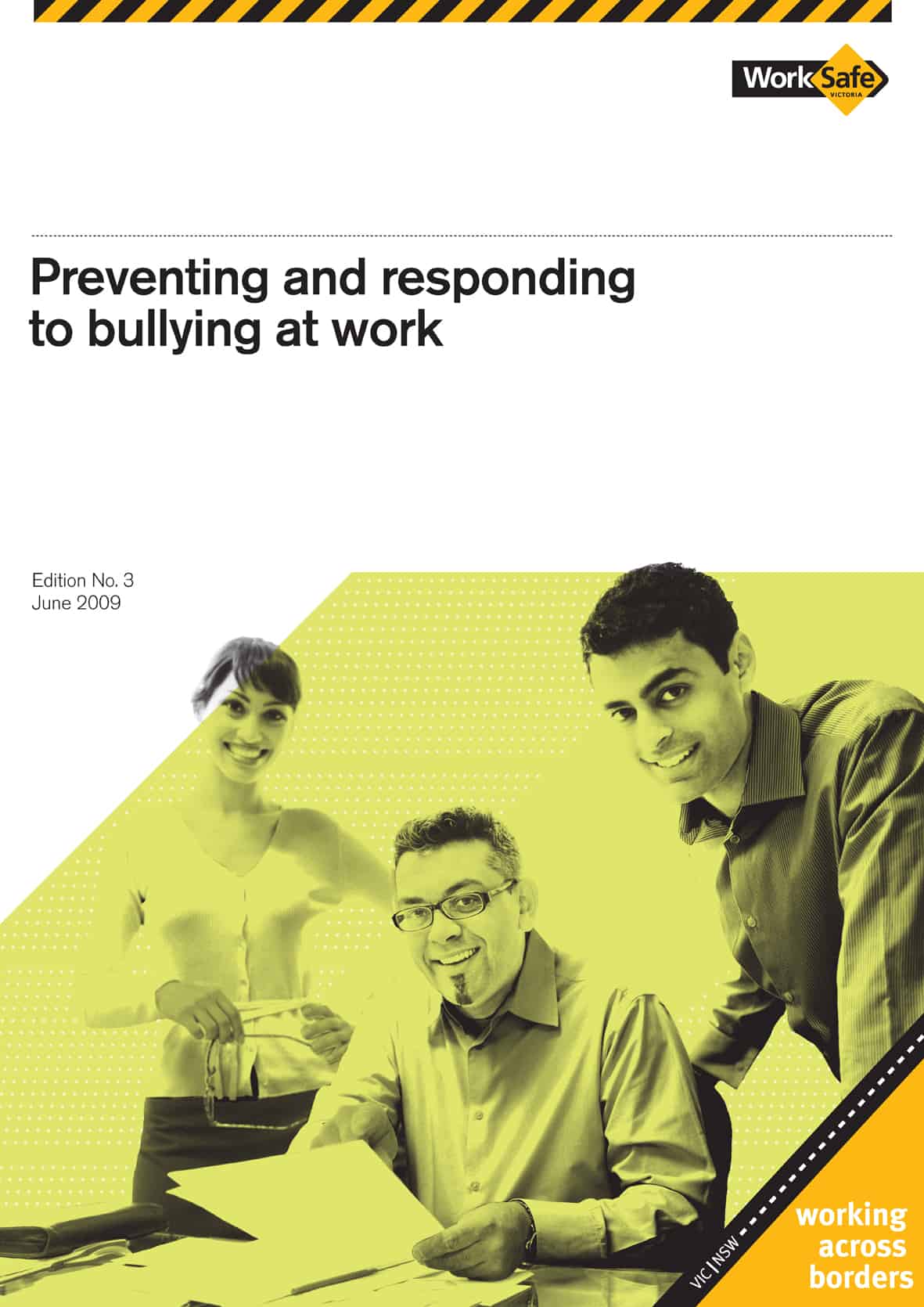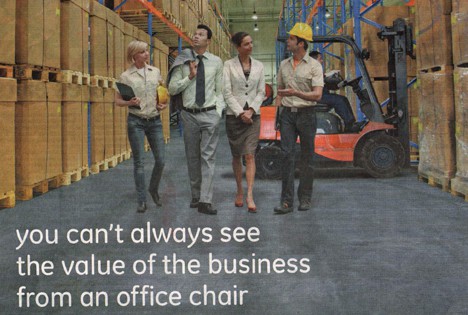Peter Arthur, a Partner with Australian law firm, Allens Arthur Robinson, spoke on Boardroom Radio on 1 April 2010 about new duties that national OHS laws will place on Directors.
Although there are six elements in the new general duty, Arthur says that they all can come under the category of “information flow”. Continue reading “Information flow is critical for sound Board decisions on OHS”


